
Tête-à-tête
Layla from Softedge
There is a quiet dualism that exists within every piece of Softedge ceramics. On one hand it is a creative expression distinctive of the makers whim, informed by her intuitive approach and curious exploration and on the other it serves deliberate functionality, the result of consideration and continued refinement.
Beginning first as a sculptural project for maker Layla Cluer, it has steadily grown to cult following status. We spoke to Layla about her craft, and the way that creative space offers a certain kind of freedom.
What is Softedge in your own words?
Softedge is a project about the sculptural possibilities of everyday, functional objects and the spongy edges of their disciplines. For now at least, it takes form in a playful collection of ceramic objects intended to be used when we gather around the table. I’ve always had a tendency to speak in food metaphors, so when I picked up clay again it made sense to start playing and extending certain notions through sculptural form.
Was there a pivotal moment that lead you to ceramics?
I’m not sure there was a pivotal moment, it’s a medium that I’ve played with intermittently since I was in primary school. But when I returned to the Northern Rivers in late 2019, after more than a decade living in Melbourne and overseas, I picked it up again––this time it stuck. It was a matter of circumstance; I wasn’t sure how long I would be sticking around, and clay is one of those materials where you don’t need much more than a table and your hands to begin experimenting with.
We love the intuitive approach to your designs. Talk us through your process when you begin working on a new piece/prototype?
It’s funny, in some respects I am a highly rational person. I greatly admire many minimalist and functionalist designers but think there can also be something dogmatic about that approach to making. My goal is to make objects that are rendered highly functional through their craftsmanship and materiality yet are equally expressive of their medium and maker’s hand.
Take the Ewer, for example, I wanted to make something that embodied the convivial atmosphere of a long lunch and also served to facilitate it. The potbellied jug that eventuated is exceptionally lightweight and strong as it’s cast from a single piece of porcelain. Yet you can fill it to the brim (4.5L) and still pour with one hand.
The forms themselves definitely nod towards modernist sculpture, and in some ways, the design and making process draws parallels. Sometimes I make a few sketches or small maquette but often I simply start by wedging a big block of clay together and roughing it out with carving tools. Over the course of a week or so I will slowly refine the form until it’s ready to go through an initial casting process which translates it into a plaster ‘master’. From there I continue to refine urforms, caving tools and sandpaper until it’s ready to be made into a mold. After that, it’s often a good few months of problem-solving before I see the first piece come out of the kiln. But I won’t bore you with the details…



Is there a particular technique that you feel you have mastered? Or is there a technique you would like to master?
Not yet! Ceramics is one of those mediums that takes a lifetime to master, it’s so full of alchemy. Actually, there’s this amazing Beatrice Woods documentary that was filmed the year she turned one hundred. She’s still in her studio every day experimenting and waiting with anticipation each time the kiln door swings open.
At the moment, I’m really interested in making some larger, more furniture-like pieces but ask me next week and I might give you a different answer...
"Ceramics is one of those mediums that takes a lifetime to master, it’s so full of alchemy."
What is the most unexpected influence you have had so far?
Softedge began as a sculptural project but has become increasingly colourful over the course of the last year. I have always loved colour but was scared of using it in my own work. So in a way, it’s been the influence and encouragement of close friend and fellow creatives, local painters such a Nell Pearson and Sam Steinhauer, that has had the most unexpected influence on my work.



Your editions range ensues a woven or textile quality and inspires the illusion of movement in an otherwise flat and obstinately shaped surface - what compelled you to explore the medium in this way?
I inherited a love of woven textiles and fiber art from both my mother and paternal grandmother. And I’ve been taking photographs of fluid fabric forms for years––curtains on speeding trains, sails flapping about in the wind. So, the graphic combination of the two naturally happened when I started thinking about how to articulate or create an illusion of form across the surface of flatware.
Talk to us about your studio. Set in the Byron Hinterland, how do you feel the natural environment informs your work?
It’s such a stark contrast to the kinds of environments I was living and working in when in Melbourne. My studio is little more than a shed set on a rambling old farm. The site was pretty contaminated when the agricultural activity shut down twenty-five years ago, but luckily the owner is a huge fan of Derek Jarman’s Prospect Cottage and has been coaxing life out of the most unexpected places. I love eating my lunches alfresco and discovering new fruit trees with each changing season.
In a way, the sense of space, time and contingency on the ever-changing environment has allowed me to unlearn habits and thought patterns picked up at art school. It has created a space in my practice for both play and failure.
You have a design called ‘Cup with Curves’ that you have described as ‘the perfect hand hug’ in this disposable (but slowly evolving) world, do you feel a responsibility as a designer to push design further, or what do you hope your designs deliver?
It goes without saying that designers and makers should employ the most sustainable practices and technologies available – making things that will last a lifetime or else break down into biomatter without harmful biproducts. Currently, I’m working towards my kilns running entirely on off-grid solar. That said, I don’t like to center the way I design around any form of eco-ideology.
The cup with curves is an interesting example – typically a cup will only curve along the vertical and horizontal axis but in order to achieve the “hand hug” I employed a more complex geometry. The shape is made of two overlapping hyperbolic paraboloids, a ‘h/p’ as they are known - a double curved surface that forms a saddle like shape (a pringle chip is a good example). Anyway, it has a very bodily effect that’s hard to wrap your head around until you hold it, but as soon as you do the “belly” and “back” of the cup become apparent.
My designs aren’t trying to achieve anything grand after all, there’s only so much you can do within the space of a cup or bowl. But I do hope the playful notions and obscurities from which each piece arises might become more evident once held and used. I like the idea of something as utilitarian as a coffee cup asking you to consider the way objects are made and how we live with and use them. Perhaps that’s grand after all!?
Tigmi is Berber for my home. Could you tell us a little about your home?
I’ve always had a knack for finding homes among the houses – a valuable skill when still in the rental market. They have taken many forms, I’ve lived in a heritage listed minimum dwelling (24sqm studio), a rambling neo-gothic antique dealer’s abode and most recently very Australian home designed by a student and protege of Glen Murcutt. The centre of each of my homes (and my heart) has always been a big kitchen table, albeit, in the case of the minimum flat, an Aalto / Artek 90B table which seats 3.
What is next for Soft Edge?
A permanent home for the studio and for me!
_______
Tigmi have just received a limited selection of Layla's beautiful handmade pieces.
Shop new arrivals from Softedge HERE
Photography by Marlee Pasinetti & Tigmi Trading


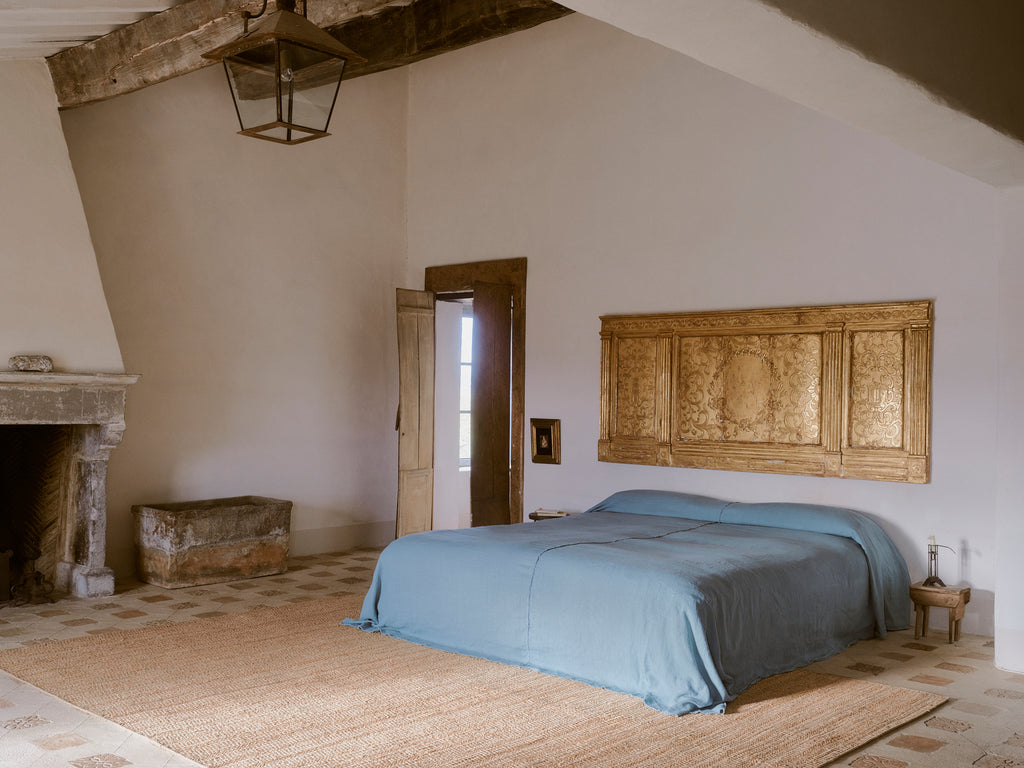

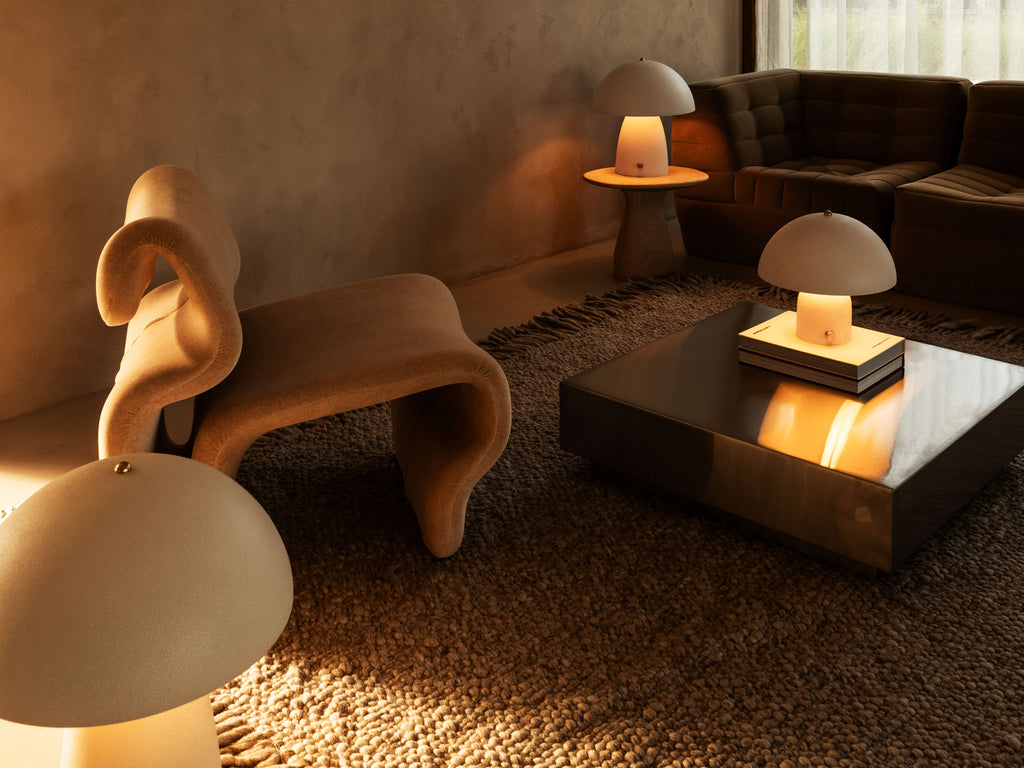
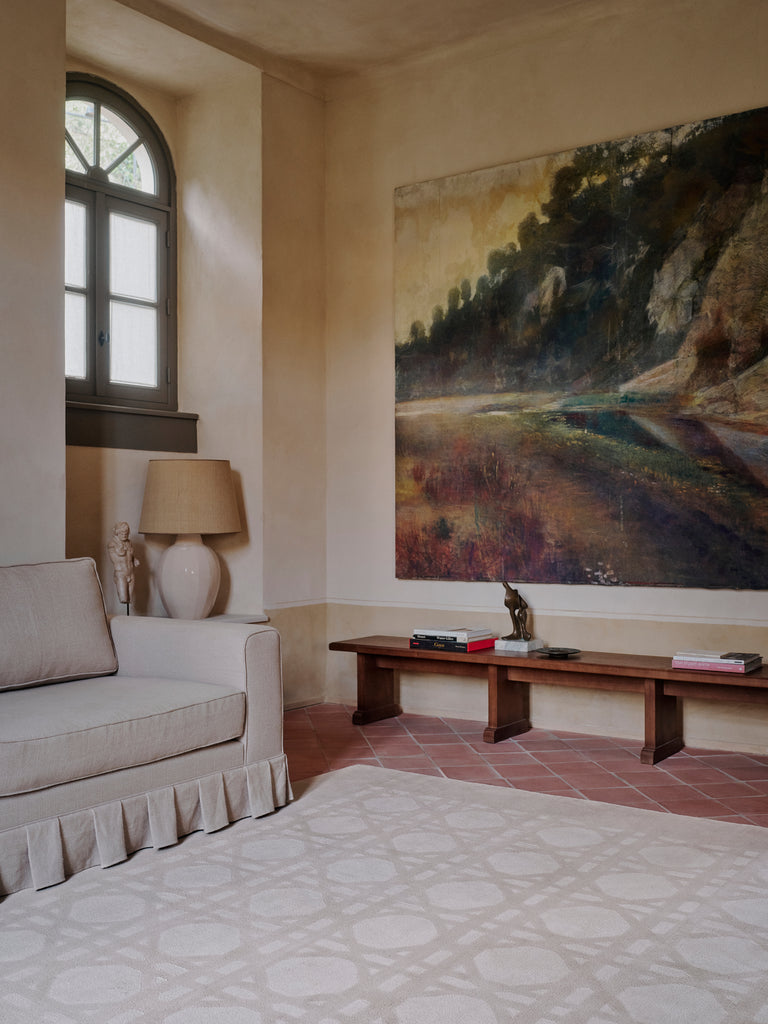
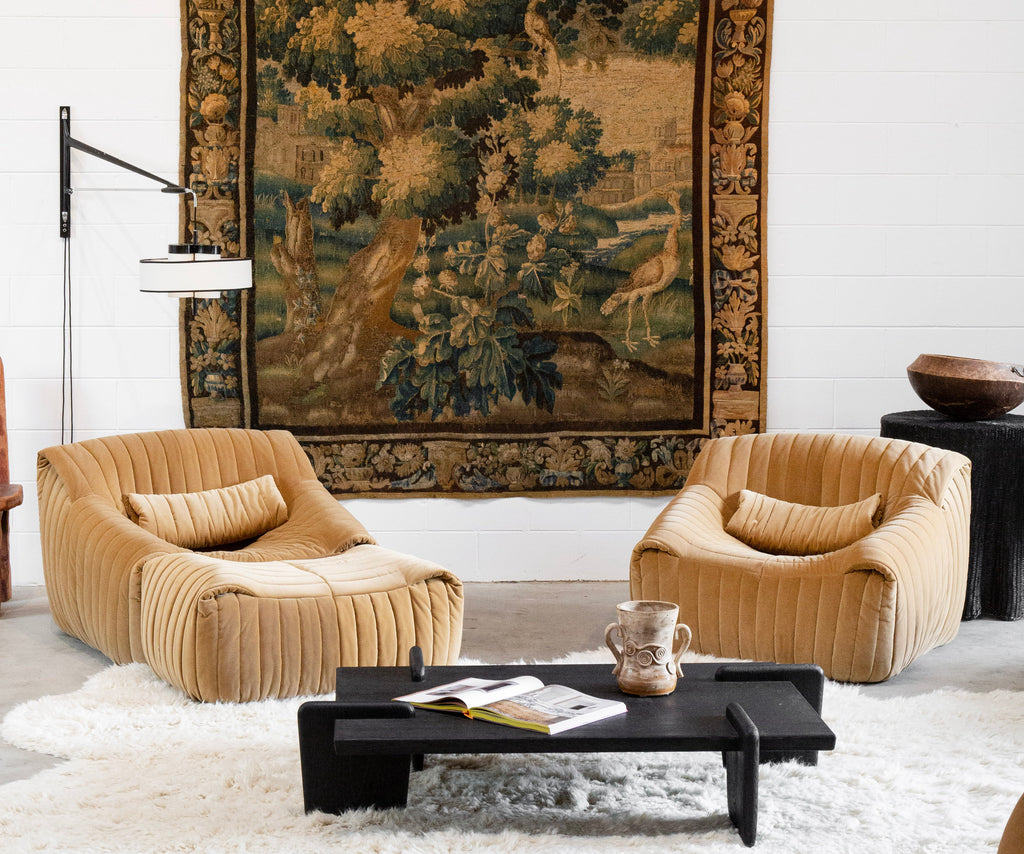
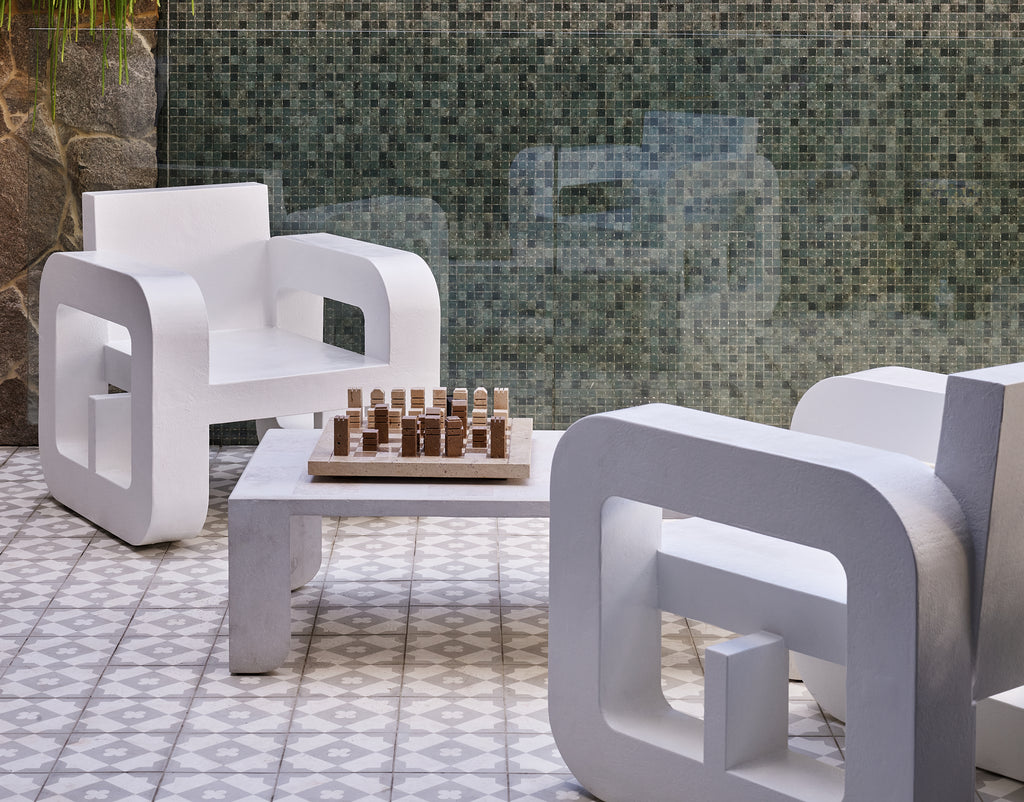
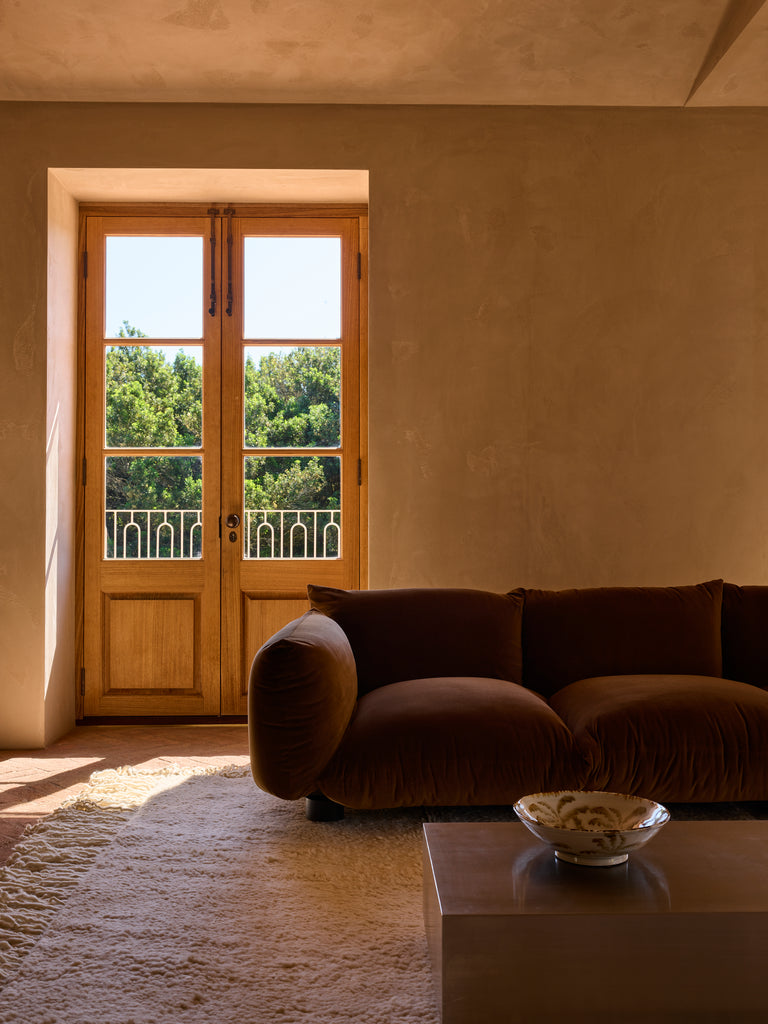
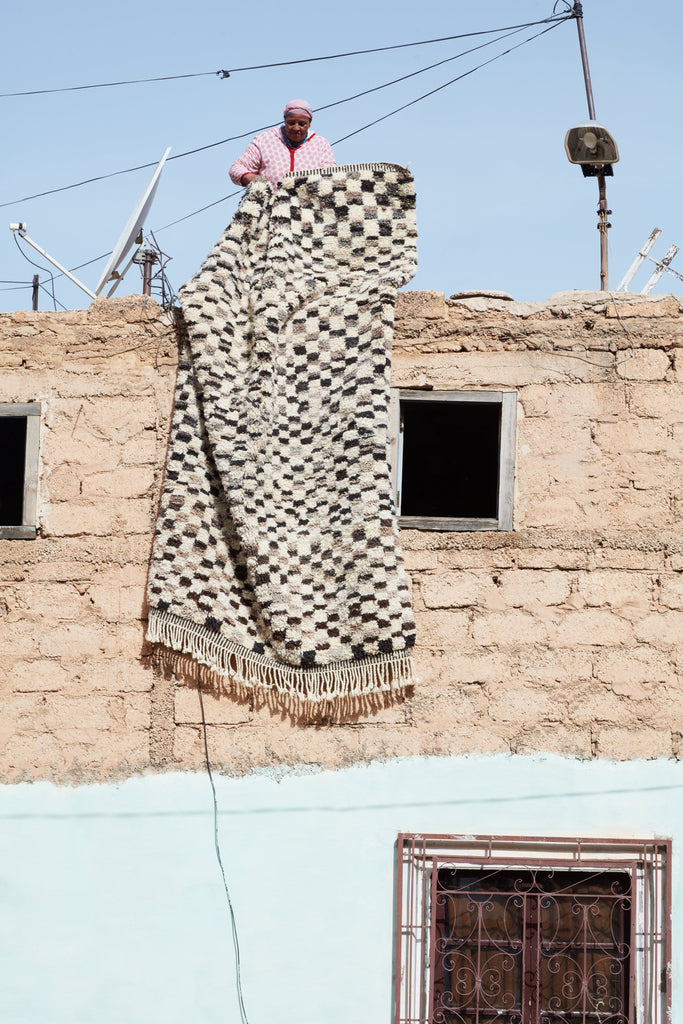





Comments
tiffany said:
hey where can i buy some Softedge Studio – Set of 4 Conversation Cups?
July 14, 2022